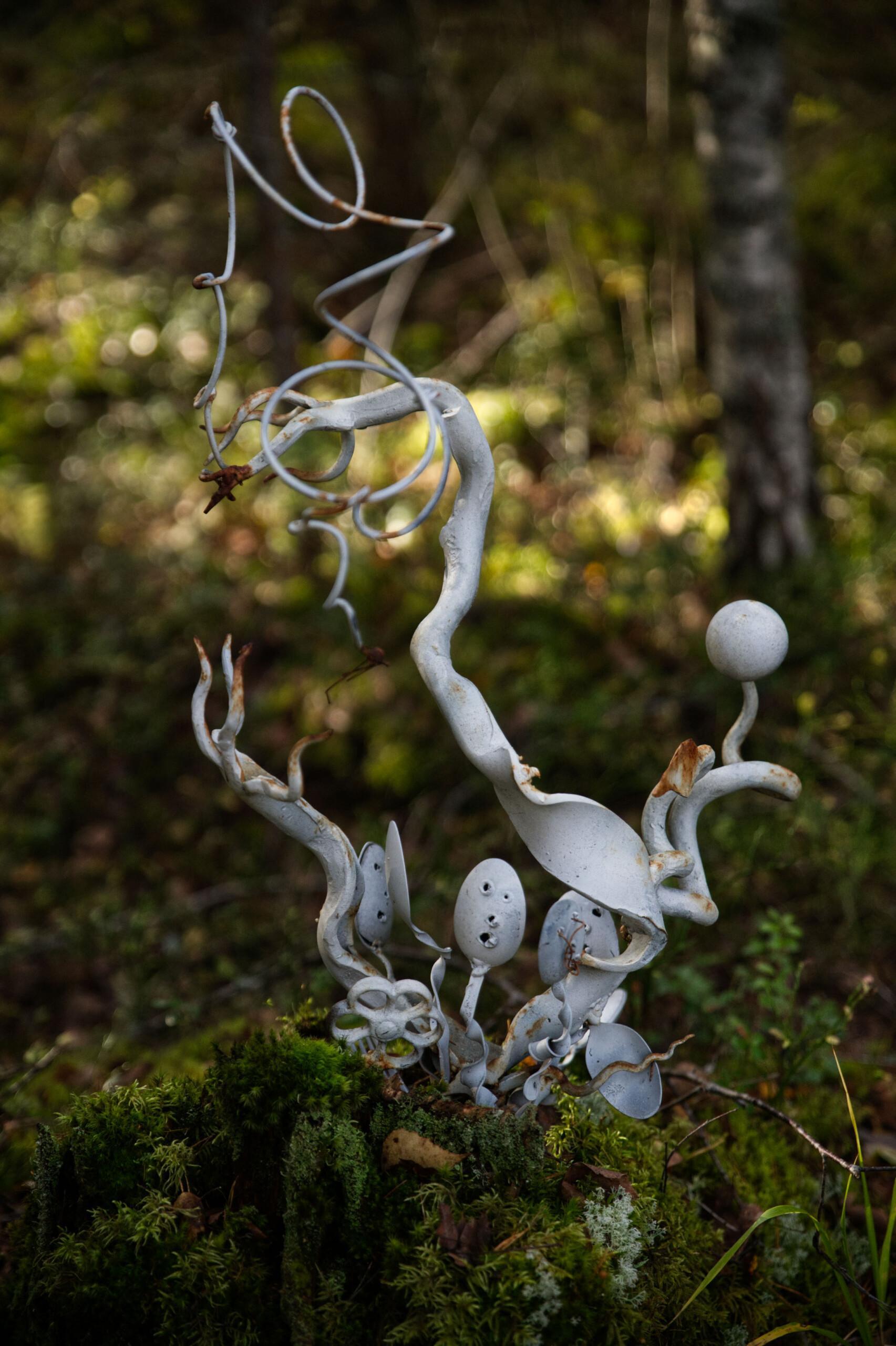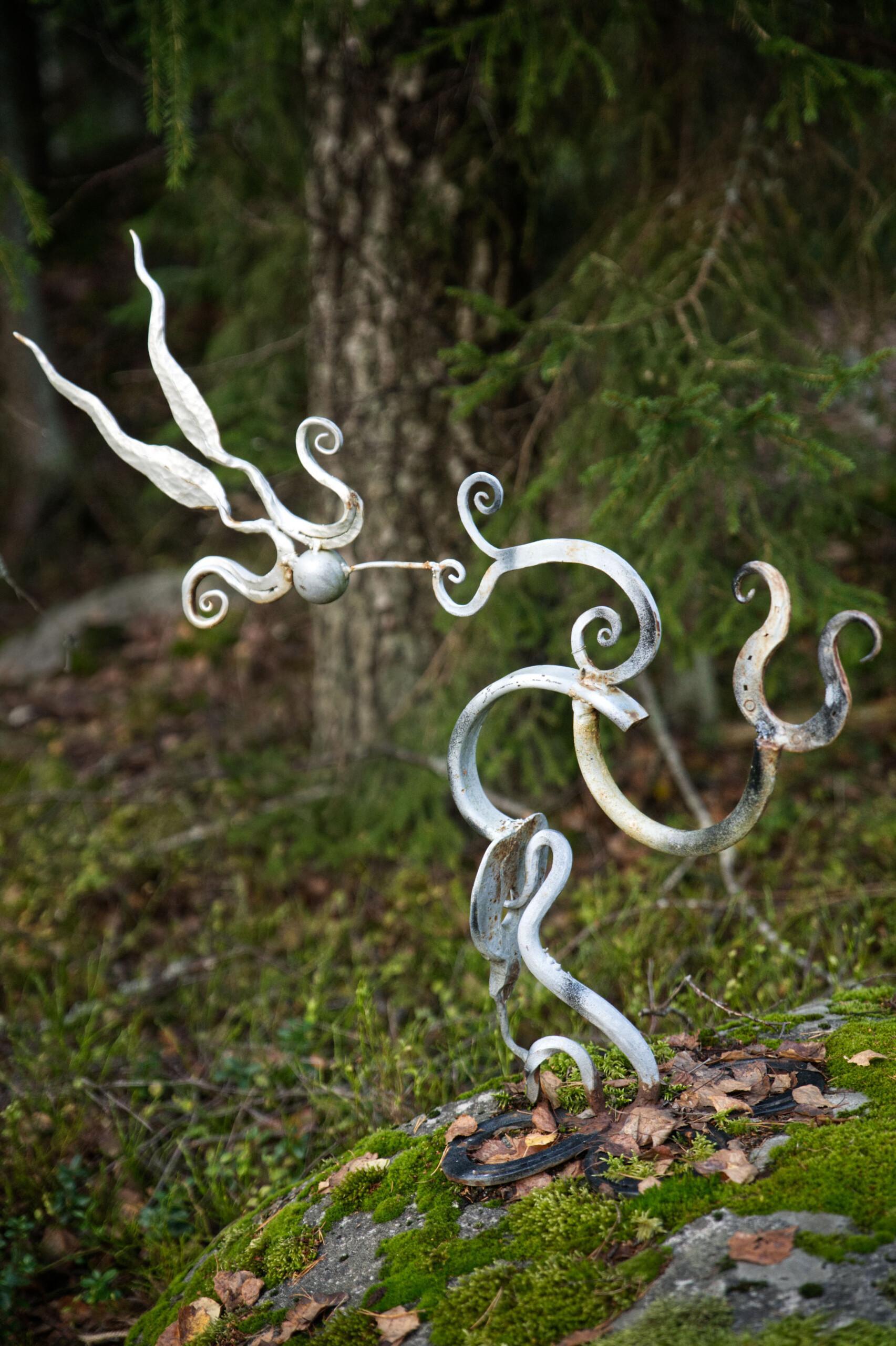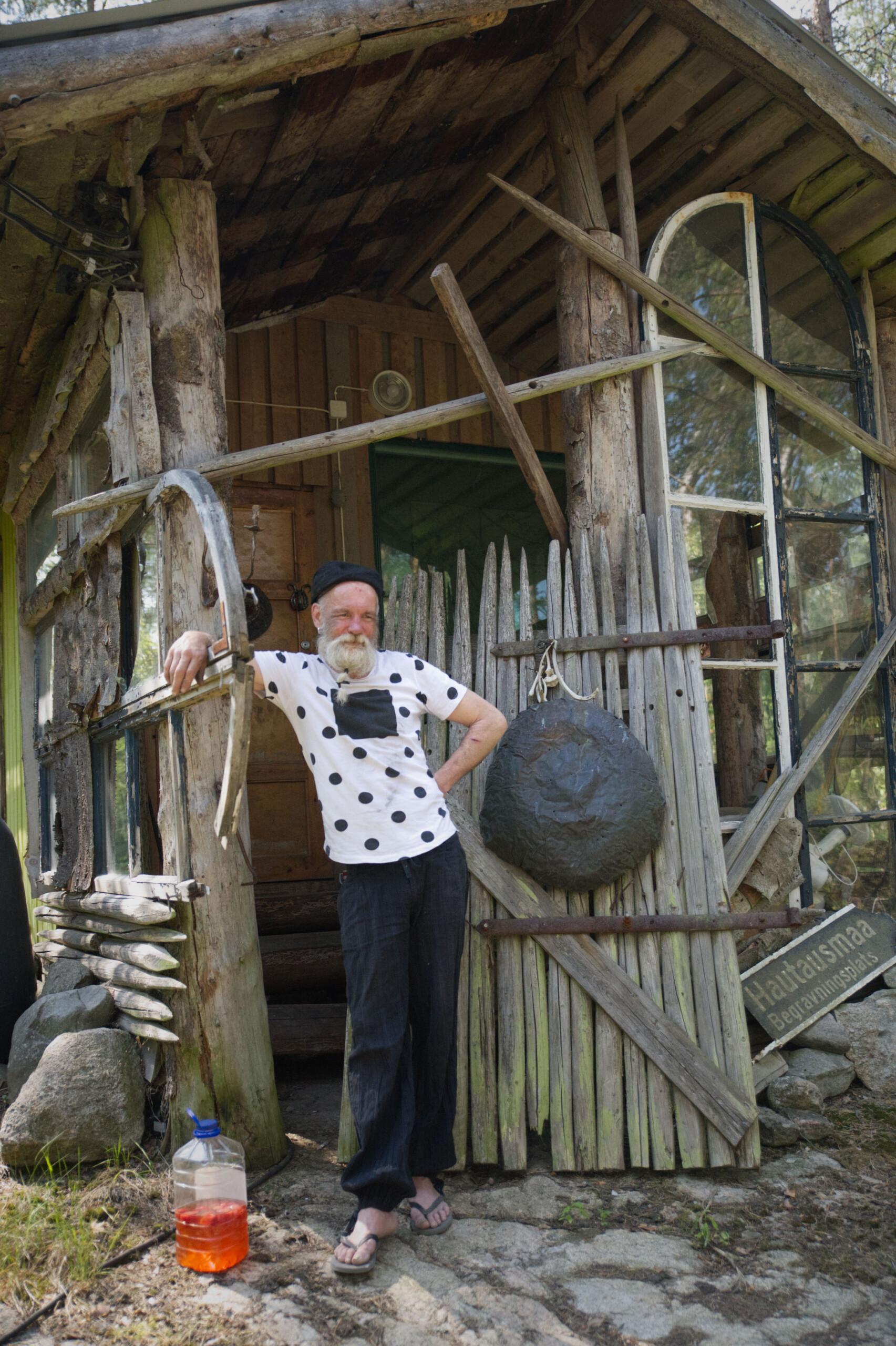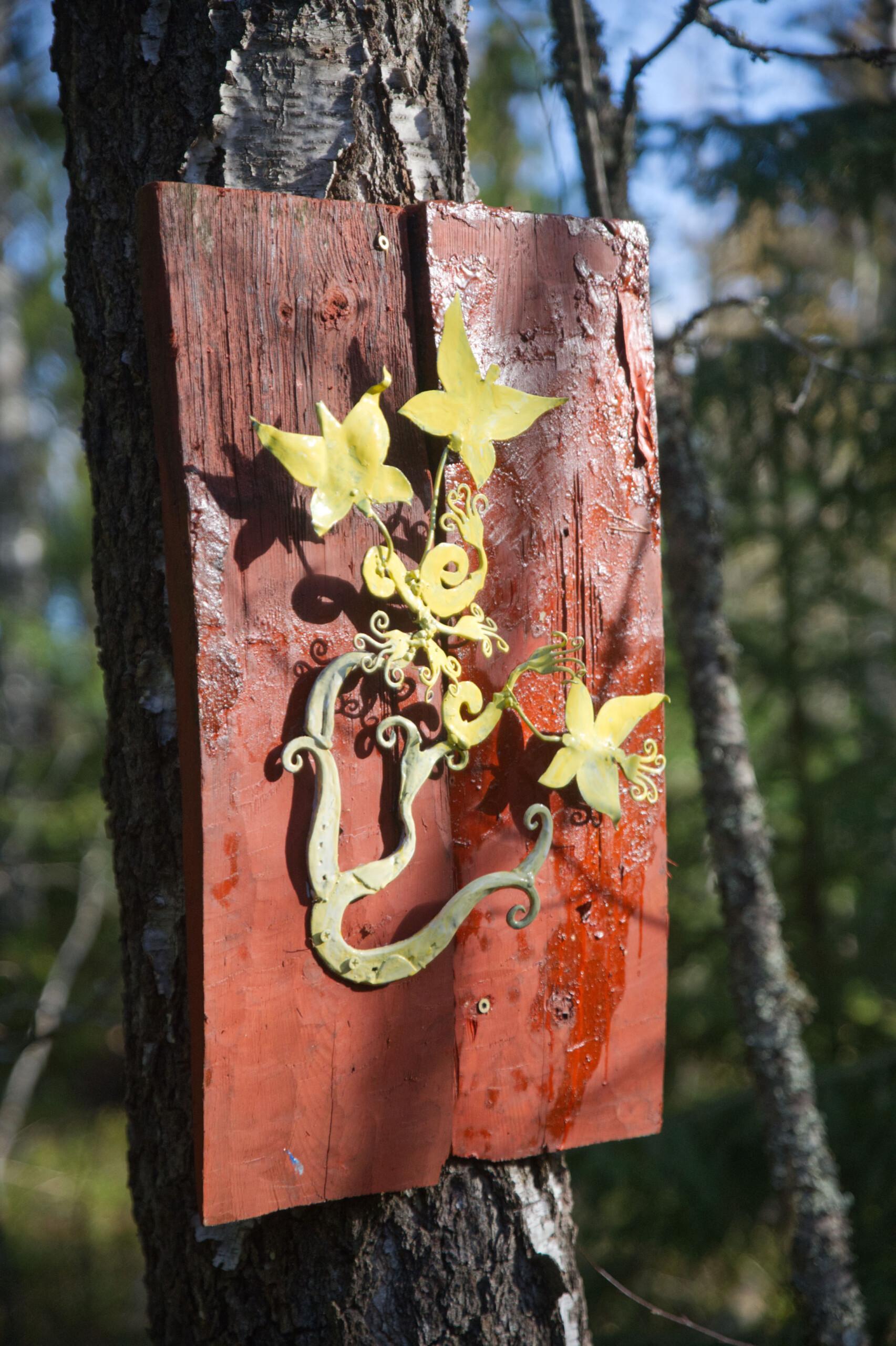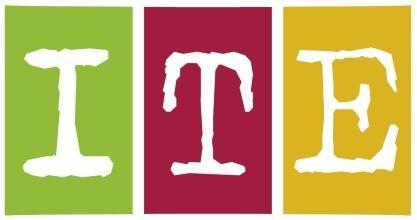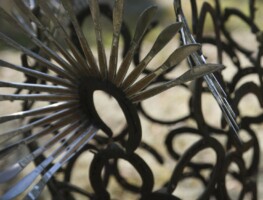
Pekka Helenius
Nurmijärvi (1966)
When people want to highlight the value of art to people and communities, they often talk about its healing properties. There are many who shrink from talking about therapeutic aspects of art and insist that it has an intrinsic value that is independent of any instrumental value. But we should not be so naïve. Art always has instrumental value, and one of its greatest aspects is its therapeutic nature. The Tao Tao Park in Julmankallio, Klaukkala, is an impressive example of this.
Pekka Helenius (b. 1966), the owner of the Tao Tao Park, has a cruel story to tell. It starts with a pig farmer’s son, who was bullied at school. Receiving no support from his parents, he grew into an unstable young man who led a life of drug abuse, resulting in psychosis that almost took his life. The story has a happier ending, though. Helenius stands at the edge of a forest and stares the visitor firmly in the eyes. Behind him lies a rocky and craggy path, and anyone who walks the path will remember it for the rest of their lives.
Helenius leads the way, and his wife Anne carries a large container of strawberry juice. It’s the hottest day of the summer. A building that looks like a derelict hermit’s hut stands on the rock. The blood stains on the floor and the pile of ragged clothes tell their own story: it was here that Helenius spent years sheltering from his fears and an outside world that he saw as a threat. In those days the place was called Pirunpaja (‘the devil’s workshop’), and Helenius felt that the devil himself lived in the area. The atmosphere of madness lifts but is not forgotten as the path winds into a beautiful forest. It’s time to have a sip of the ice-cold juice that Anne serves.
Helenius trained as a farrier and learned how to handle iron and the art of blacksmithing. He has used these skills to forge many ingenious little objects. His first creation was a chair made from old horseshoes, a very comfortable chair indeed, which gave its maker a great sense of achievement and marked the start of a healing process. Helenius planned to sell the objects he made, but his nervous anxiety made any potential buyers give his stand a wide berth. Now the objects are on display in an outbuilding at Helenius’ parents’ farm, which also houses a well-equipped smithy with a forge.
Art and handicraft played an important role in the healing process, as did therapy. Helenius began to understand the reasons behind his behaviour. Hidden locks clicked open one by one, and what had been shackled was set free. His hands began to reveal new forms and objects and sculptures forged from scrap metal began to appear on the slopes of the rock. Now there are a few hundred of them. Pekka Helenius’ works are exceptional pieces of ITE art as they do not directly reveal their nature to the viewer – they don’t even have titles. And yet they seek to communicate something: a hurtful wire seems to have been pulled from a suffering mind, a rusty arrowhead appears ready to wound and a heavy piece of iron, twisted in an endless thread, looks like a force that has fallen asleep, having found peace.
Helenius says that his works are his subconscious thoughts made visible. He says that when he hammers iron, he also hammers his own emotions, and he believes that his works help viewers discover ways to access the recesses of their minds. He describes the Tao Tao Park as a kind of brain that reveals visions to its visitors, offering unexpected discoveries.
The fascinating journey culminates at the peak. The terrain is completely untouched, and moss and lichen cover the rocks. Attention is drawn to two pieces assembled from shiny dinner knives. They glow and reflect light like the golden halo of the sun. Anne and Pekka let the visitor contemplate the experience and then lead them through the valley to Eden. There, on top of a small ridge, Helenius has built a white glass room that shines a light; it’s a place for meditation. A brook babbles under the house, like an enlightened twin of the hermit’s hut, condemned to darkness. The path ends here, but the visitor’s mind keeps wandering. While a work of art may be a great puzzle for the viewer, it is, nevertheless, always a problem solved, a complete image of its creator.
Text and images: Veli Granö
Anne and Pekka Helenius’s Tao Tao Art Park on Julmakalliontie, Klaukkala, is open to the public.
